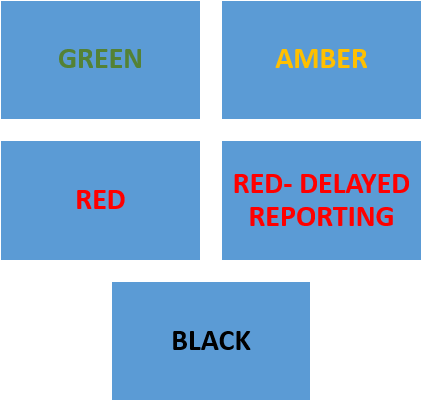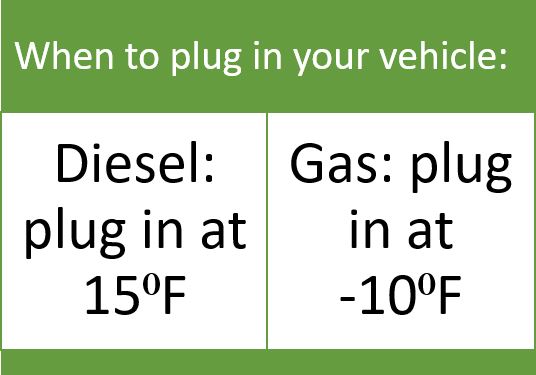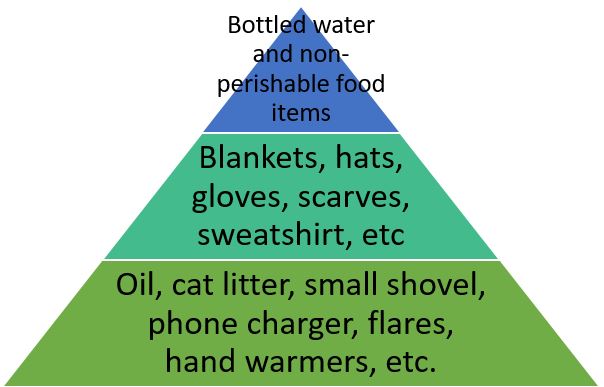EIELSON AIR FORCE BASE, Alaska -- Alaska is home to one of the harshest climates in the United States. From 22 hours of daylight in the summer, to 22 hours of darkness with below freezing temperatures in the winter, the Last Frontier can be a shock for many people who PCS to Eielson Air Force Base.
An annual Winter Town Hall is held for newcomers to the installation with various representatives present to speak on some things to expect and prepare for during winter in Alaska.
“Winter at Eielson is like winter nowhere else,” said Col. Todd Robbins, the 354th Fighter Wing vice commander. “It is simply amazing, but it pays to be prepared for anything.”
One of the most important things to know are the road condition colors and what they represent.
 GREEN: Roads are clear of snow and ice and predominantly dry. Driver will comply with normal vehicle operating procedures and posted speed limits.
GREEN: Roads are clear of snow and ice and predominantly dry. Driver will comply with normal vehicle operating procedures and posted speed limits.
AMBER: Roads may be slippery due to snow, ice, reduced visibility or other unsafe conditions. Drivers will exercise caution.
RED: Roads are hazardous due to snow, ice, reduced visibility or other unsafe conditions. All GOV’s will reduce speeds by 10 mph in 25 mph zones or higher and reduce speed by 5 mph in speed zones less than 25 mph; POV travelers are strongly suggested to reduce speeds according to conditions.
RED- DELAYED REPORTING: This means the same thing as road condition RED but will be followed with a delayed reporting time such as 2 hours.
BLACK: Road conditions are extremely hazardous due to snow, ice, reduced visibility or other unsafe conditions. POV moment is not recommended. Vehicle dispatching is prohibited unless directed by command authority, except for mission-essential and emergency response vehicles. These drivers will exercise extreme caution and maintain less than 10 mph in housing and reduce speed by 10 mph below the posted speed limit elsewhere.
To locate these road condition updates, you can look at www.eielson.af.mil/Info/Eielson-Weather/, call the snow line at 377-SNOW or check out the official Eielson Facebook page at www.facebook.com/EielsonAirForceBase.
 When storing vehicles outside overnight, your vehicle only needs to be plugged in for about two hours before you plan on leaving. Plugging into an outlet with a timer will save on electricity and save you from waking up to a frozen car.
When storing vehicles outside overnight, your vehicle only needs to be plugged in for about two hours before you plan on leaving. Plugging into an outlet with a timer will save on electricity and save you from waking up to a frozen car.
When the temperatures get cold, it’s important to plug your vehicles in. Gas vehicles can be plugged in at 10 degrees below zero and diesel vehicles can be plugged in 15 degrees.
One of the smartest things to do to prepare for the winter is to keep an emergency kit in your vehicle. It is important to try and keep at least a half a tank of gas in your vehicle at all times, because an emergency could happen. Below is a list of items to include in an emergency car kit, but it is not an exclusive list.
 The darkness can have a big effect on one’s mental health. Seasonal Affective Disorder can be common during the winter months and can impact each person differently. It is vital to continue going out and doing things you enjoy even when the temperatures are frigid.
The darkness can have a big effect on one’s mental health. Seasonal Affective Disorder can be common during the winter months and can impact each person differently. It is vital to continue going out and doing things you enjoy even when the temperatures are frigid.
Eielson has many different events held by various agencies around base. The Library hosts themed parties, the Ernie Walker Theater has free movies on Friday, Saturday and Sunday’s and the Eielson City Center houses a large kid’s play area. The local community also hosts a plethora of events such as Christmas in Ice and the Alaska Ice Classics.
While it may seem intimidating at first glance, winters at Eielson can be an exciting experience. Remember these tips while you’re out and about and enjoy all Alaska has to offer.